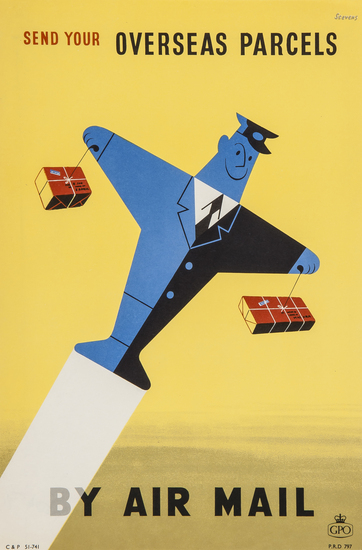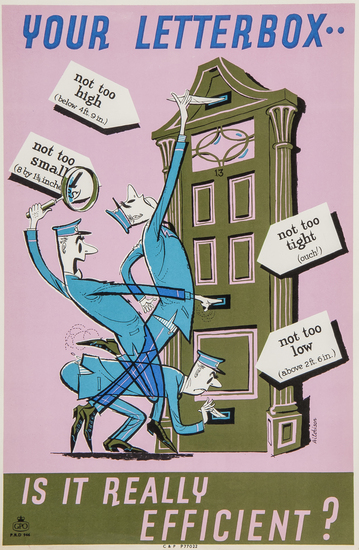I was just thinking that it had all gone very quiet on the auction front, when what should come along but a whole auction full of posters at Bloomsbury.
It’s an interesting hotch-potch with almost every form of poster you can think of represented in the mix. So there’s foreign posters and railway posters.
Alongside ski posters and London Transport posters.

James Fitton, 1937, est. £200-300

Hans Unger, 1972, est. £200-300
I’ve never seen that Unger before, although it’s not, in my book, one of his best. The pricing is a bit, well, interesting as I can’t see that the Unger and the Fitton are in any way comparable in quality, but according to the estimates, they are.
In addtion, there are plenty of poster types that have been mentioned on here before, such as David Klein posters and aeroplane posters with lots of blue skies in them.
Note the increasing prices for David Klein; had I had the foresight and money to buy some a few years ago, I would be thoroughly quids in. But I didn’t, and anyway, I would only have wanted to keep them.

David Klein, 1958, est. £1,400-1,800

Lewitt-Hi, 1948, est. £150-250.
Another poster that I keep mentioning on here is this McKnight Kauffer from 1938.

McKnight Kauffer, 1938, est. £140-180
As ever, it turns up with the matching Pat Keely.

Pat Keely, 1938, est. £140-180
My theory about this – and I have said this before but I think it’s worth repeating – is that these posters come up so often because they were deliberately saved. They were, I believe, the first propaganda posters issued by the government in advance of World War Two. So they were a novelty, and also a harbinger of a great event that I am sure quite a lot of people could see coming. So, if the chance arose, they saved them for posterity, or the grandchildren, or for all the other reasons that make people keep otherwise insignificant pieces of paper.
Move forward two years and the whole British population is drowning in slogans and propaganda, coming at them from newspapers, leaflets and the radio, as well as from posters. So the last thing they want to do is keep one as a reminder. In any case, there are so many, which one to choose? So the latter posters survive in dribs and drabs, mostly saved by accident. But these first ones, people knew they were important and they kept them.
Fortunately, not everything in the auction is something seen before. This, for example, has to be one of the least obvious posters ever.

Anonymous, c. 1960, est. £200-400
Artist not known, but more than that I have no idea what it is on about either. Nor, it appears, does Bloomsbury. Any ideas anyone?
Most exciting, for me at least, are these.
This is just one of five, yes count ’em, five sets of GPO posters, each with ten posters in them. Including, in this lot, a reminder of what a good designer Harry Stevens is at his best.

Harry Stevens, 1951, est. £150-200
I would bid on them, but judging from our last experience with the Dorrit Dekk lots, these will go for a lot more than the estimates.
And I’m not surprised. This values them at £15-20 a poster; I reckon they’d go for more than that on eBay. Although I don’t, to be fair, know what the other posters are, they may all be dogs of the first order.

Bromfield, 1951, est. £150-200
We’ve emailed Bloomsbury to ask what they are, and when we get an answer, I’ll let you know.



What about this Brangwyn, of your favourite subject, the Northern Industries.
http://www.bloomsburyauctions.com/detail/36040/143.0
I am not much in love with that one. There is, however, an industrial gem on the front of the new Talisman catalogue. I will try and remember to post about it.
The efficiency of your letterbox! Superb, say no more…